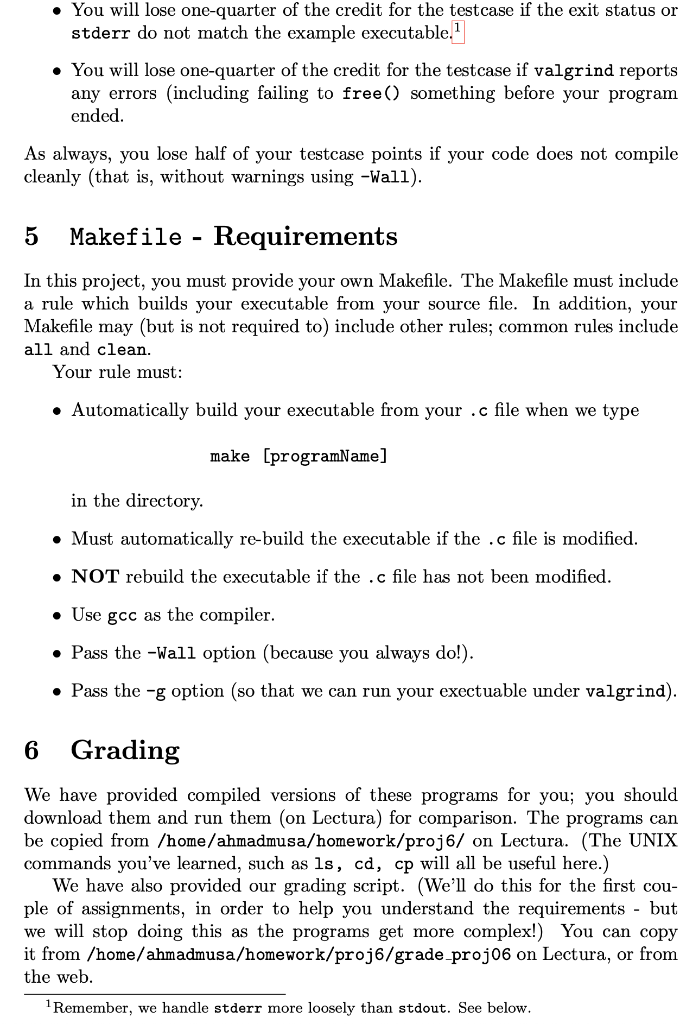

Logically, they can give you the most valuable information regarding any problem that appears in their area of expertise. In other words, the root cause analysis process should include people with practical experience. This means that the decision-making process should be based on an insightful understanding of what is actually happening on the work floor.

One of the key factors for the successful implementation of the technique is to make an informed decision. "The basis of Toyota’s scientific approach is to ask why five times whenever we find a problem … By repeating why five times, the nature of the problem as well as its solution becomes clear." Taiichi Ohno Developed by Sakichi Toyoda, a Japanese inventor, and industrialist, the technique became an integral part of the Lean philosophy. The 5 Whys method is part of the Toyota Production System and an essential approach to problem-solving. This interrogative technique is one of the most effective tools for root cause analysis in Lean management. The 5 Whys method allows uncovering the root cause of a problem by simply asking "Why" five times. The good news is that there's a simple yet powerful tool that can help you get to the bottom of any problem: the Five Whys analysis process.

This is why your team needs to focus on finding the root cause and tackling it properly. Fixing a problem quickly may be a convenient solution however, it doesn’t protect your work process from recurring mistakes. However, problems are just symptoms of deeper issues. Unpredicted problems occur in any team or process.
#Records management simulation answers job 1 update#
Integrate with external systems to get the most out of your Kanban softwareĬreate and update cards via email and reply to emails by adding a comment Reduce multitasking, alleviate bottlenecks, and keep a steady flow of work Visualize and track cross-team dependencies via card linksĬustomize your work items as needed and enhance communicationĬreate probabilistic plans for future project deliveryĪutomate your process to trigger actions when certain events occurĪnalyze your workflow’s performance through a variety of Lean/Agile charts Visualize your past, current, and future initiatives or projectsĭisplay critical business metrics and gather reports in one place Keep track of tasks and get accurate status reports in real-timeĬreate a network of interlinked Kanban boards on a team and management level Keep your teams' work in a single place with multi-layered Kanban boards Monitor business objectives, understand risks, and track the most important performance metrics Still in the realm of science fiction, some experts believe that an AI will never become conscious or "alive".Implement OKRs and align your strategy with day-to-day executionĭistribute and track work across the entire organization

Often, the amount of updating is limited (hence the name), and the length of memory is relatively short. Limited memory AI can adapt to past experience or update itself based on new observations or data.Thus, it will produce the same output given identical inputs. Reactive AI tends to be fairly static, unable to learn or adapt to novel situations. Chess-playing AIs, for example, are reactive systems that optimize the best strategy to win the game. Reactive AI uses algorithms to optimize outputs based on a set of inputs.Artificial intelligence can be categorized into one of four types.


 0 kommentar(er)
0 kommentar(er)
